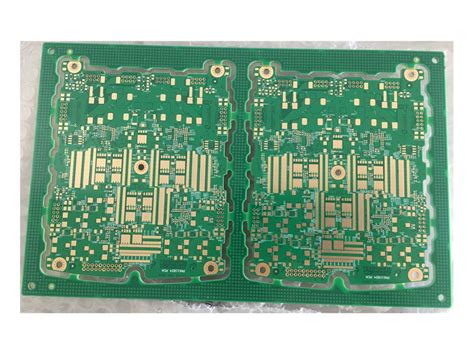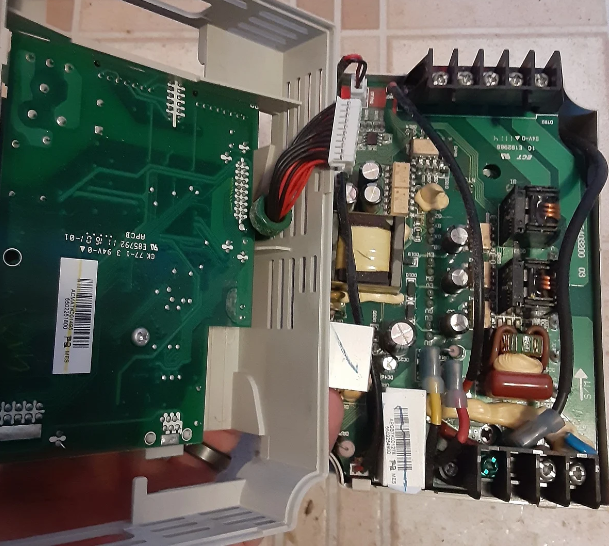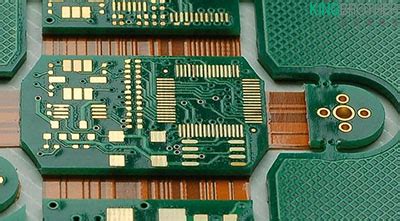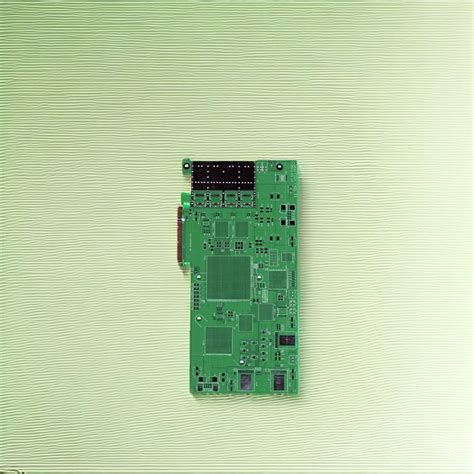Printed Circuit Board (PCB) Heaters: Design, Applications, and Advancements
Abstract
Printed Circuit Board (PCB) heaters are an innovative and versatile solution for thermal management in a wide range of applications. By leveraging the design principles of traditional PCBs, these heaters integrate heating elements directly into the board, offering precise temperature control, compact form factors, and energy efficiency. This article explores the design principles, materials, manufacturing processes, applications, and recent advancements in PCB heater technology.
1. Introduction
Heating elements are essential components in numerous industries, from consumer electronics to aerospace. Traditional heating solutions, such as resistive wires or ceramic heaters, often face limitations in terms of size, weight, and control precision. PCB heaters, on the other hand, provide a modern alternative by combining the functionality of a heating element with the structural and electrical benefits of a printed circuit board. This integration allows for highly customizable, lightweight, and efficient heating solutions.
2. Design Principles of PCB Heaters
The design of a PCB heater revolves around the integration of resistive traces that generate heat when an electric current passes through them. These traces are typically made from materials with high electrical resistance, such as copper or nickel, and are patterned onto the PCB substrate. The key design considerations include:
- Trace Geometry: The width, length, and thickness of the traces determine the resistance and, consequently, the heat output. Narrower traces have higher resistance and generate more heat, while wider traces distribute heat more evenly.
- Substrate Material: The choice of substrate material (e.g., FR-4, polyimide, or ceramic) affects the thermal conductivity, mechanical strength, and operating temperature range of the heater.
- Layer Configuration: PCB heaters can be single-layer or multi-layer designs. Multi-layer configurations allow for more complex heating patterns and better heat distribution.
- Thermal Management: Proper heat dissipation is critical to prevent overheating and ensure longevity. This can be achieved through the use of thermal vias, heat sinks, or additional cooling mechanisms.
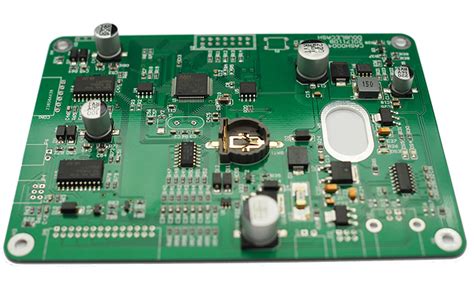
3. Materials Used in PCB Heaters
The performance of a PCB heater is heavily influenced by the materials used in its construction. Key materials include:
- Conductive Traces: Copper is the most commonly used material due to its excellent electrical conductivity and ease of fabrication. Nickel and its alloys are also used for higher resistance and durability.
- Substrates:
- FR-4: A cost-effective and widely used material for low to moderate temperature applications.
- Polyimide: Offers higher thermal stability and flexibility, making it suitable for high-temperature and flexible PCB heaters.
- Ceramic: Provides excellent thermal conductivity and is ideal for high-power applications.
- Insulating Layers: These layers prevent electrical shorts and ensure safe operation. Common materials include solder mask and polyimide films.
- Protective Coatings: Coatings such as conformal coatings or epoxy resins protect the heater from environmental factors like moisture, dust, and chemicals.

4. Manufacturing Process
The manufacturing process for PCB heaters is similar to that of traditional PCBs but with additional considerations for thermal performance. The key steps include:
- Design and Layout: The heater pattern is designed using CAD software, taking into account the desired heat distribution and electrical requirements.
- Substrate Preparation: The substrate material is cleaned and prepared for the deposition of conductive traces.
- Trace Deposition: Conductive traces are deposited onto the substrate using techniques such as etching, screen printing, or additive manufacturing.
- Lamination and Curing: For multi-layer designs, the layers are laminated together and cured to ensure proper adhesion.
- Testing and Quality Control: The finished heater is tested for electrical continuity, resistance, and thermal performance to ensure it meets specifications.
5. Applications of PCB Heaters
PCB heaters are used in a wide range of industries due to their versatility and efficiency. Some notable applications include:
- Medical Devices: PCB heaters are used in medical equipment such as blood analyzers, incubators, and diagnostic devices, where precise temperature control is critical.
- Aerospace: In aerospace applications, PCB heaters are used for de-icing systems, temperature regulation in avionics, and thermal management in satellites.
- Consumer Electronics: They are used in devices like 3D printers, coffee makers, and heated clothing, where compact and efficient heating solutions are required.
- Industrial Equipment: PCB heaters are employed in industrial processes such as plastic molding, food processing, and semiconductor manufacturing.
- Automotive: They are used in electric vehicles for battery thermal management, seat heating, and defogging systems.
6. Advantages of PCB Heaters
PCB heaters offer several advantages over traditional heating solutions:
- Compact and Lightweight: The integration of heating elements into the PCB reduces the overall size and weight of the heating system.
- Precise Temperature Control: The ability to design custom trace patterns allows for precise control over heat distribution and temperature.
- Energy Efficiency: PCB heaters can be designed to minimize energy consumption by optimizing trace geometry and material selection.
- Durability: The use of robust materials and protective coatings ensures long-term reliability in harsh environments.
- Customizability: PCB heaters can be tailored to meet specific requirements in terms of shape, size, and performance.
7. Challenges and Limitations
Despite their many advantages, PCB heaters also face certain challenges:
- Thermal Stress: Repeated heating and cooling cycles can cause thermal stress, leading to delamination or failure of the PCB.
- Power Limitations: High-power applications may require additional cooling mechanisms to prevent overheating.
- Cost: The use of advanced materials and manufacturing processes can increase the cost of PCB heaters compared to traditional solutions.
- Design Complexity: Designing a PCB heater requires expertise in both electrical and thermal engineering, which can be a barrier for some applications.
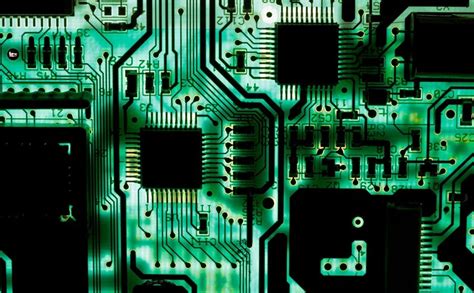
8. Recent Advancements in PCB Heater Technology
Recent advancements in materials science and manufacturing technologies have further enhanced the capabilities of PCB heaters:
- Flexible PCB Heaters: The development of flexible substrates and conductive inks has enabled the creation of bendable and stretchable heaters for wearable devices and curved surfaces.
- Additive Manufacturing: Techniques such as 3D printing allow for rapid prototyping and the creation of complex heating patterns that were previously difficult to achieve.
- Smart Heaters: Integration with sensors and microcontrollers enables real-time temperature monitoring and adaptive control, improving energy efficiency and performance.
- High-Temperature Materials: The use of advanced ceramics and composites has expanded the operating temperature range of PCB heaters, making them suitable for extreme environments.
9. Future Trends
The future of PCB heater technology is likely to be shaped by several key trends:
- Miniaturization: As devices become smaller and more compact, there will be a growing demand for ultra-thin and lightweight PCB heaters.
- Sustainability: The use of eco-friendly materials and energy-efficient designs will become increasingly important.
- Integration with IoT: The integration of PCB heaters with Internet of Things (IoT) platforms will enable remote monitoring and control, opening up new possibilities for smart heating solutions.
- Enhanced Durability: Ongoing research into materials and coatings will further improve the durability and lifespan of PCB heaters.
10. Conclusion
PCB heaters represent a significant advancement in thermal management technology, offering a unique combination of compactness, efficiency, and customizability. As materials and manufacturing techniques continue to evolve, the applications and capabilities of PCB heaters are expected to expand, making them an indispensable component in a wide range of industries. By addressing current challenges and leveraging emerging trends, PCB heaters are poised to play a critical role in the future of heating technology.

